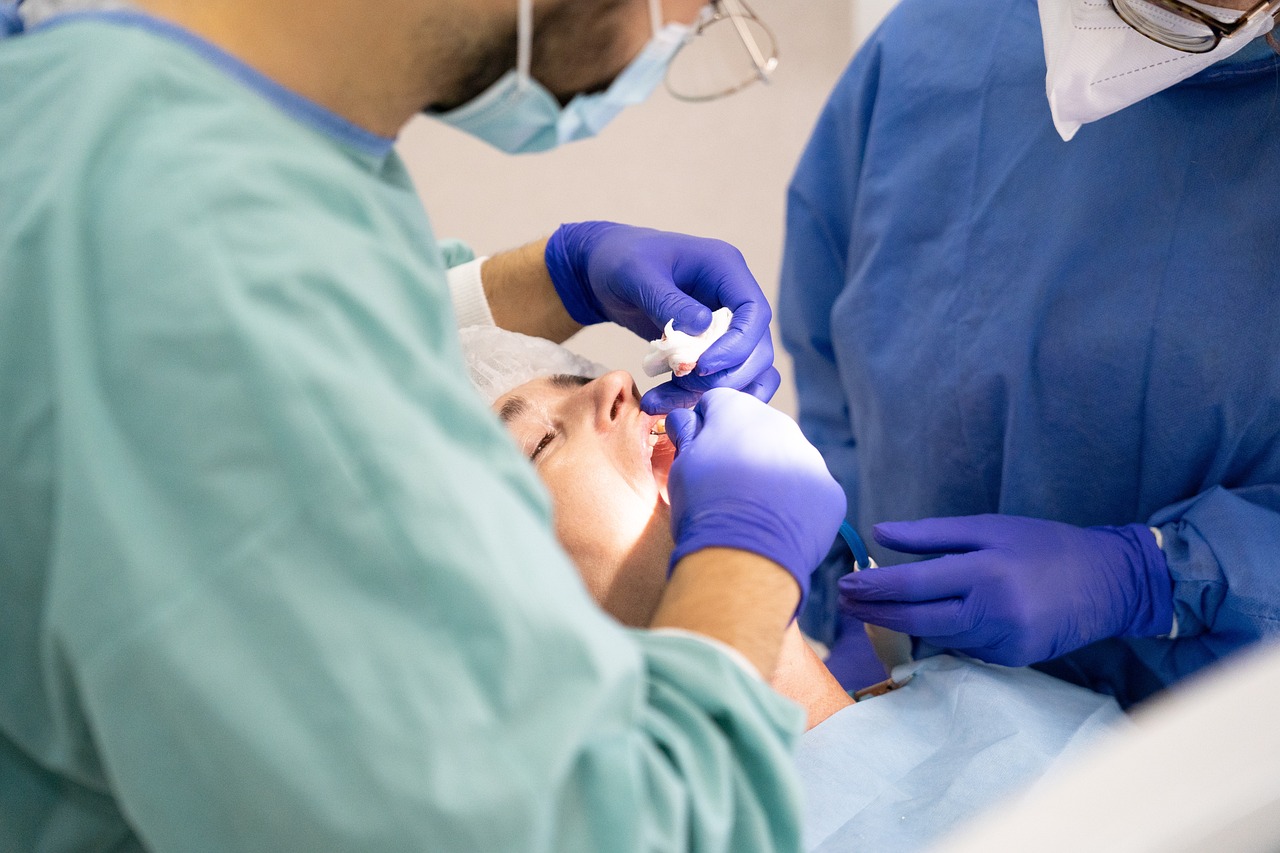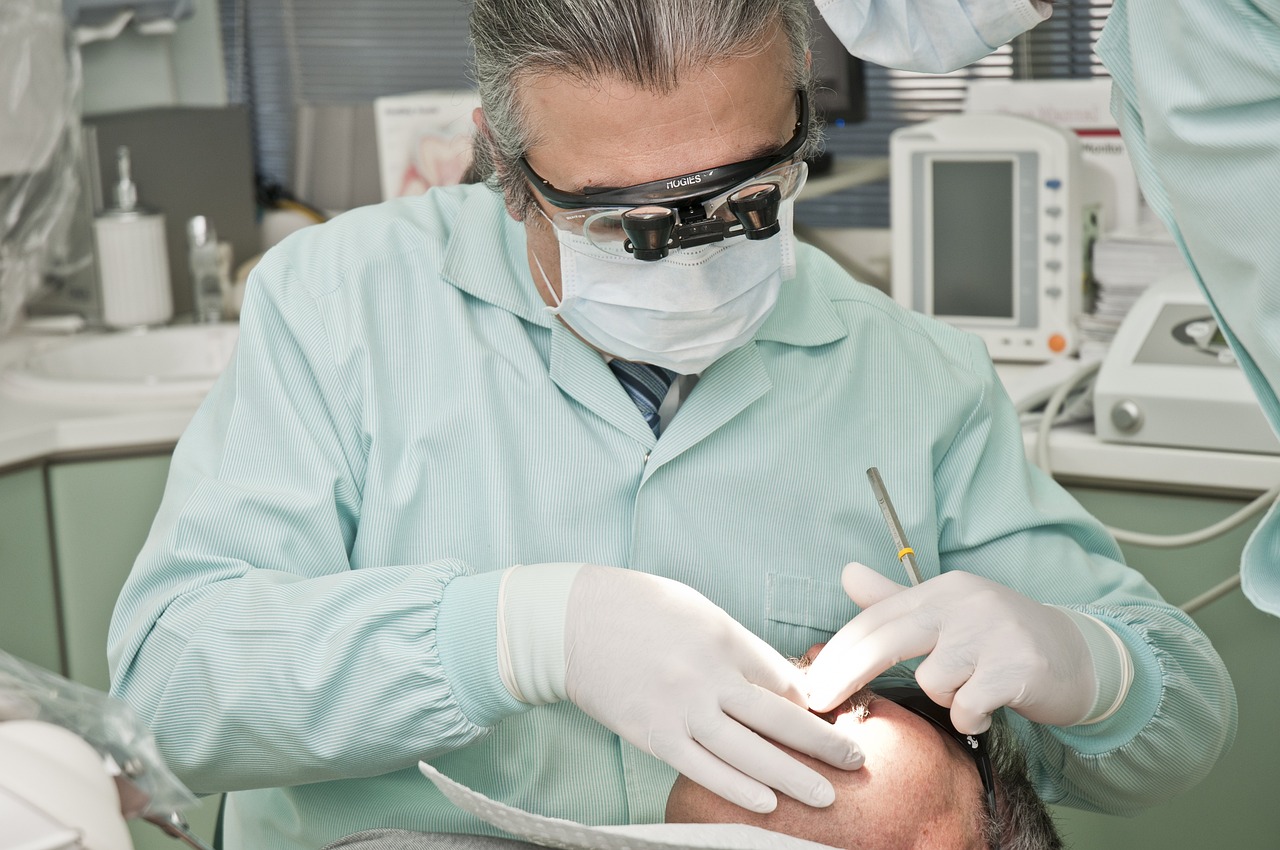In the quest for a brighter smile, exploring effective and safe teeth whitening methods becomes a priority. From natural remedies to advanced treatments, this article delves into the comprehensive guide on how to whiten teeth, ensuring a radiant and confident smile.
Understanding the Need for Teeth Whitening
A dazzling white smile is often associated with good oral hygiene and boosts self-confidence. Various factors, including dietary choices, aging, and lifestyle habits, contribute to tooth discoloration over time. Understanding the need for teeth whitening is the first step towards achieving a brighter, more vibrant smile.
Professional Teeth Whitening: Trusting Dental Expertise
For those seeking swift and professionally supervised results, professional teeth whitening conducted by dental experts remains a trusted option. This procedure typically involves the application of bleaching agents, ensuring both safety and effectiveness under the guidance of a qualified dentist.
At-Home Whitening Kits: Convenience with Caution
At-home teeth whitening kits offer a convenient alternative, allowing individuals to whiten their teeth in the comfort of their homes. However, it’s crucial to approach these kits with caution. Look for products that are ADA-approved to ensure safety and efficacy. Follow instructions diligently to avoid potential issues like tooth sensitivity.
Natural Remedies: Harnessing the Power of Nature
Embracing natural remedies for teeth whitening is an eco-friendly and often cost-effective approach. Baking soda and hydrogen peroxide mixtures, activated charcoal, and coconut oil pulling are among the popular natural remedies. While these remedies may show gradual results, consistency is key to witnessing their efficacy.
Dietary Adjustments: Supporting Oral Health
Incorporating tooth-friendly foods into your diet can contribute to the overall success of teeth whitening efforts. Foods like strawberries, apples, and dairy products promote saliva production and contain natural compounds that aid in breaking down stains. Additionally, maintaining adequate hydration is crucial for a healthy smile.
Avoiding Stain-Causing Habits: Preserving Whitened Teeth
Even after adopting teeth whitening measures, it’s essential to be mindful of habits that can contribute to staining. Limiting the consumption of coffee, tea, red wine, and tobacco can significantly prolong the effects of teeth whitening. Regular dental check-ups can also help address any emerging issues promptly.
Debunking Myths: Separating Fact from Fiction
In the realm of teeth whitening, myths abound. From unconventional DIY methods to purported miracle remedies, it’s vital to separate fact from fiction. Consulting with a dental professional ensures accurate information and personalized guidance tailored to your specific oral health needs.
In conclusion, achieving a whiter smile involves a strategic blend of professional guidance, at-home care, and lifestyle adjustments. Whether opting for professional teeth whitening, embracing natural remedies, or making dietary changes, the goal is to enhance oral health and boost confidence. Consistency, informed choices, and regular dental care form the foundation for a radiant smile that stands the test of time.










